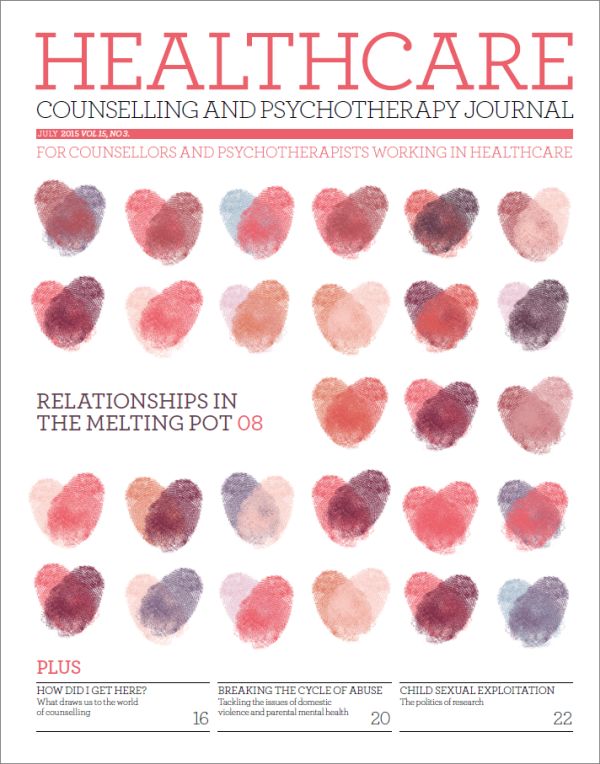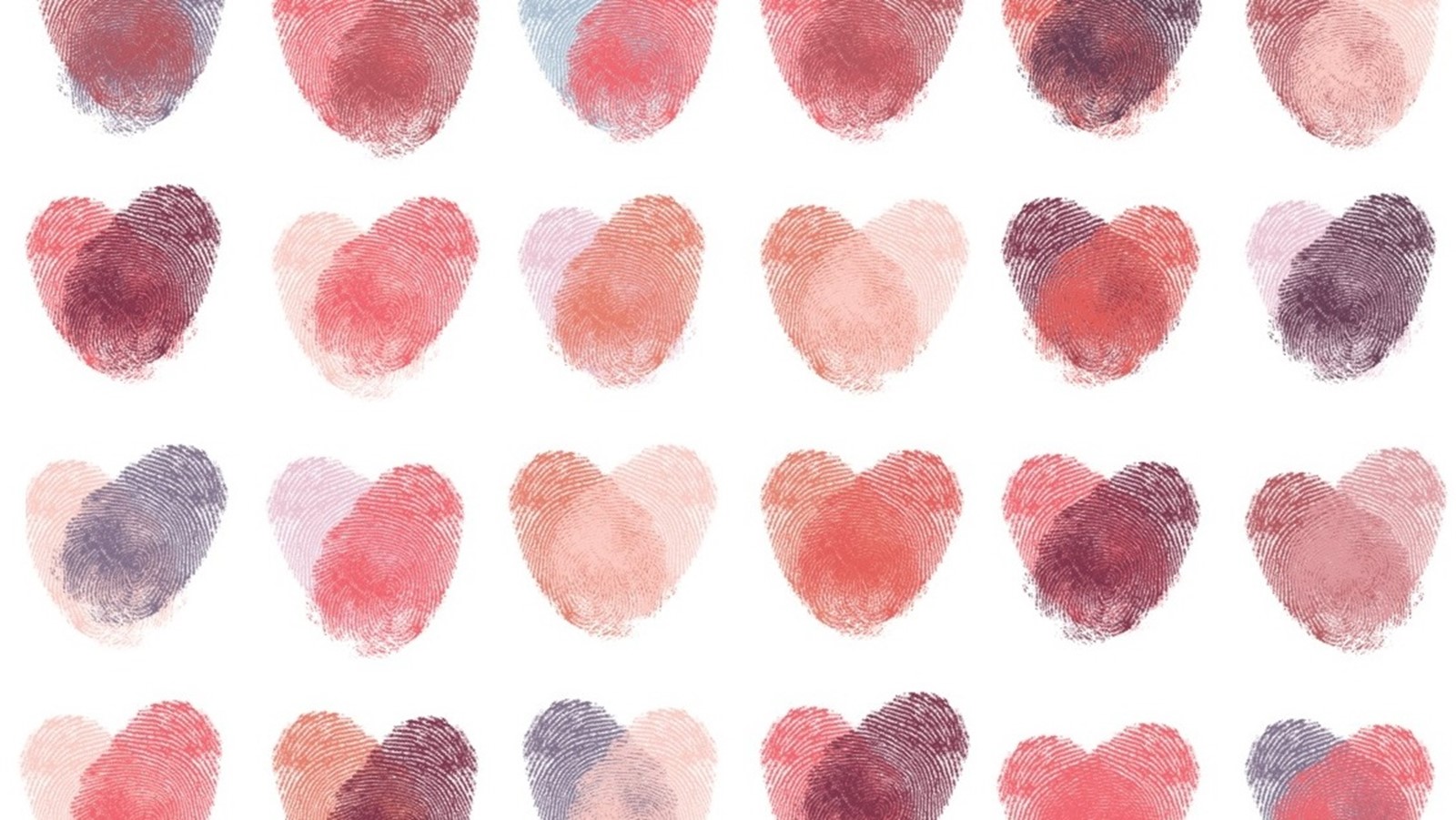In this issue
Features
Relationships in the melting pot (free article)
Tina Livingstone offers 15 years’ experience of counselling non-trans partners of trans-identified and trans-historied people
How did I get here?
Neville Tomlinson considers what draws us to the world of counselling and psychotherapy
Breaking the cycle of abuse
Dippica Mistry and Michael Lilley describe an early intervention initiative that tackles the issues of domestic abuse and parental mental health – to the benefit of children
The politics of research into child sexual exploitation
Peter Jenkins considers the conflicts between different approaches with regard to this challenging and important area
Regulars
Chair’s report – BACP Healthcare
Zubeida Ali/Rachel Johnston
Healthcare update
Judy Stafford
Counselling in primary care
Richard Mason
Third sector perspective
Michael Lilley

A pdf of this issue is available in the Healthcare Counselling and Psychotherapy Journal archive
From the editor
Counselling and psychotherapy in healthcare settings can sometimes be disproportionately focused on psychological therapy provision and the setting in which we work rather than the work we do with clients. While this is important, both in our working lives and for the future of counselling and psychotherapy in NHS-funded services, the articles in this issue concentrate on the work we do, rather than where we do it.
Tina Livingstone brings 15 years’ experience of counselling people who are partners of trans-identified and trans-historied people to our lead article. The author outlines and acknowledges some of the issues partners may bring to counselling, such as a heightened sense of vulnerability, a sense of the unknown, deep loss, and a shattered picture of a future relationship. She also asks us to always hold in awareness potential and possibility: ‘I know couples who have revisited their wedding vows in church both wearing dresses, people who still enjoy a fully sexual marriage, and others who live happily in sisterly union, as well as ex-partners, comfortable in their own lives, who happily take their children on holiday together every year,’ Tina writes. ‘All things are possible – with time, respect, and love. It is simply that when we are devastatingly hurt, we cannot even contemplate the possibilities.’
In an article demonstrating that what we do can make a tangible difference, Dippica Mistry and Michael Lilley tell us about a therapy project which tackles the issues of domestic abuse and parental mental health in the family – to the benefit of the children. The Birmingham-based project provides domestic abuse counselling and a programme for perpetrators, and a recent research study has demonstrated positive outcomes in helping prevent family breakdown and so allowing children at risk to develop safely and healthily.
Neville Tomlinson’s focus is on counsellors and psychotherapists. From a starting point of what drew him to study for a master’s degree in psychological trauma, Neville considers the research available about what draws us to the field of therapy. Is there a connection between becoming a therapist and our childhood experiences? And what characteristics is a therapist likely to have? Neville goes on to explore whether personal experience informed the development of different approaches to therapy: did Albert Ellis’ social anxiety lay the foundations for rational emotive behavioural therapy (REBT)? And did Carl Rogers’ childhood experience of a critical mother lead to the core of his therapy being about non-judgmental listening and acceptance?
As ever, we welcome your feedback on any of the articles in this issue. We also welcome ideas for articles relating to counselling and psychotherapy which are of interest to practitioners working in the healthcare sector. For information on how to submit an idea, please contact me at the email address below. I look forward to hearing from you.
Sarah Hovington
Editor
hcpj.editorial@bacp.co.uk
